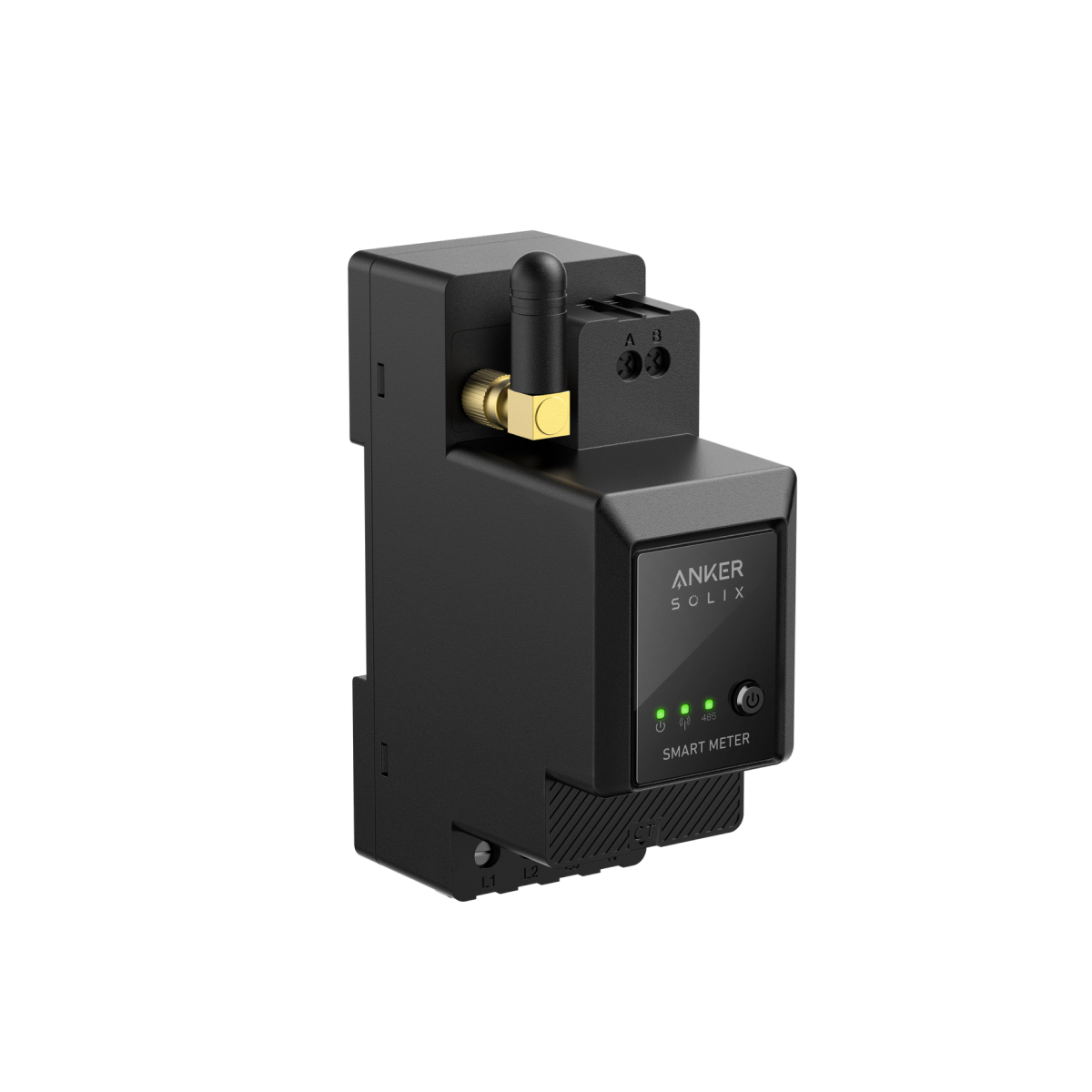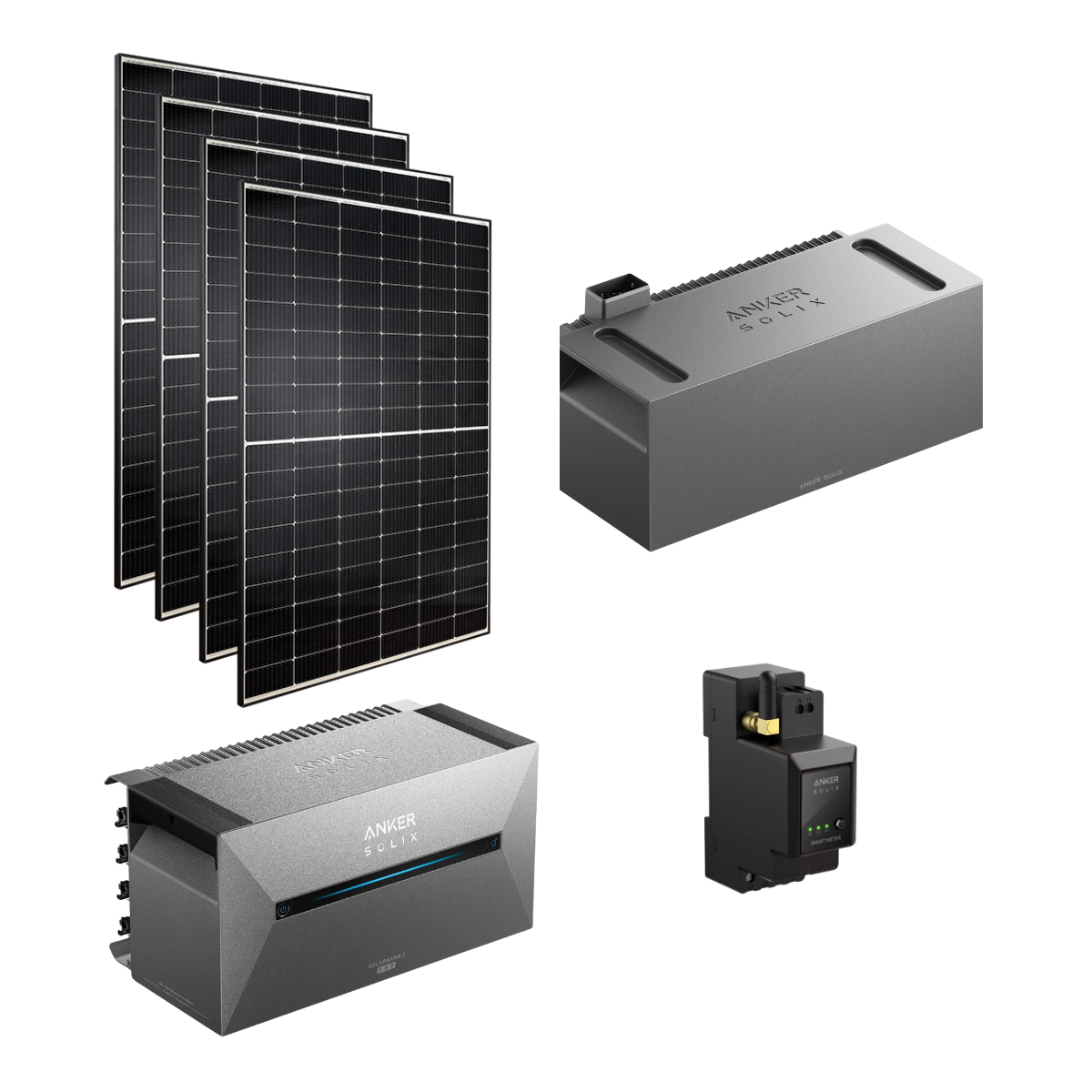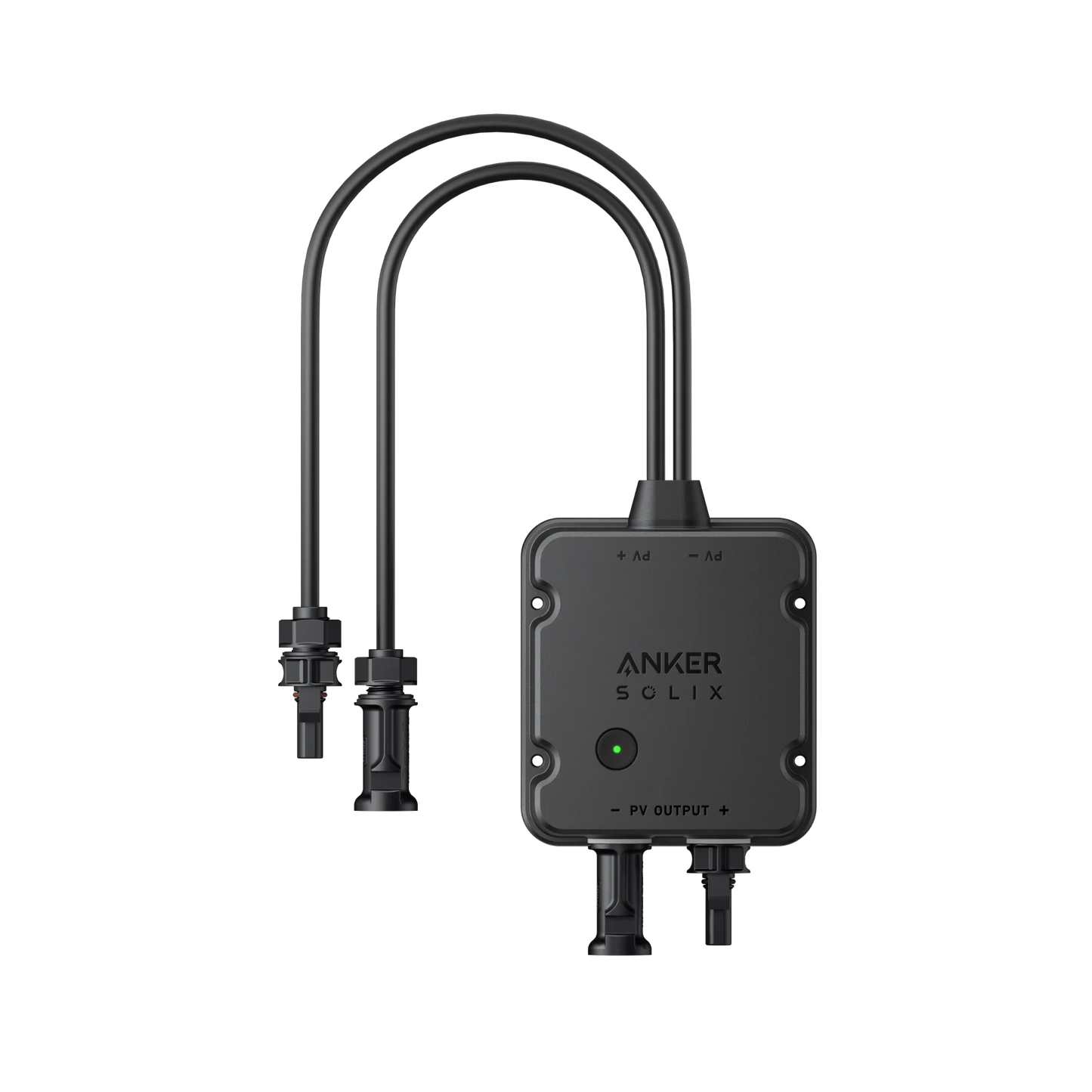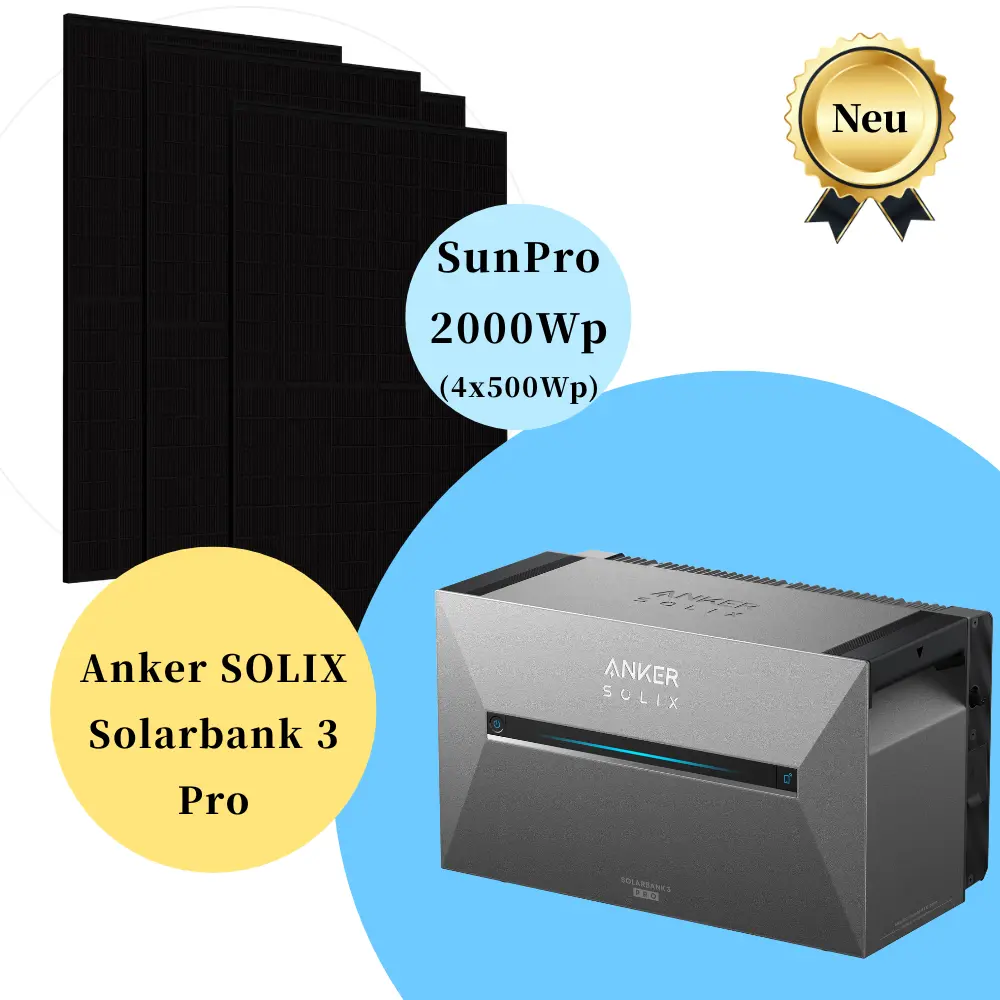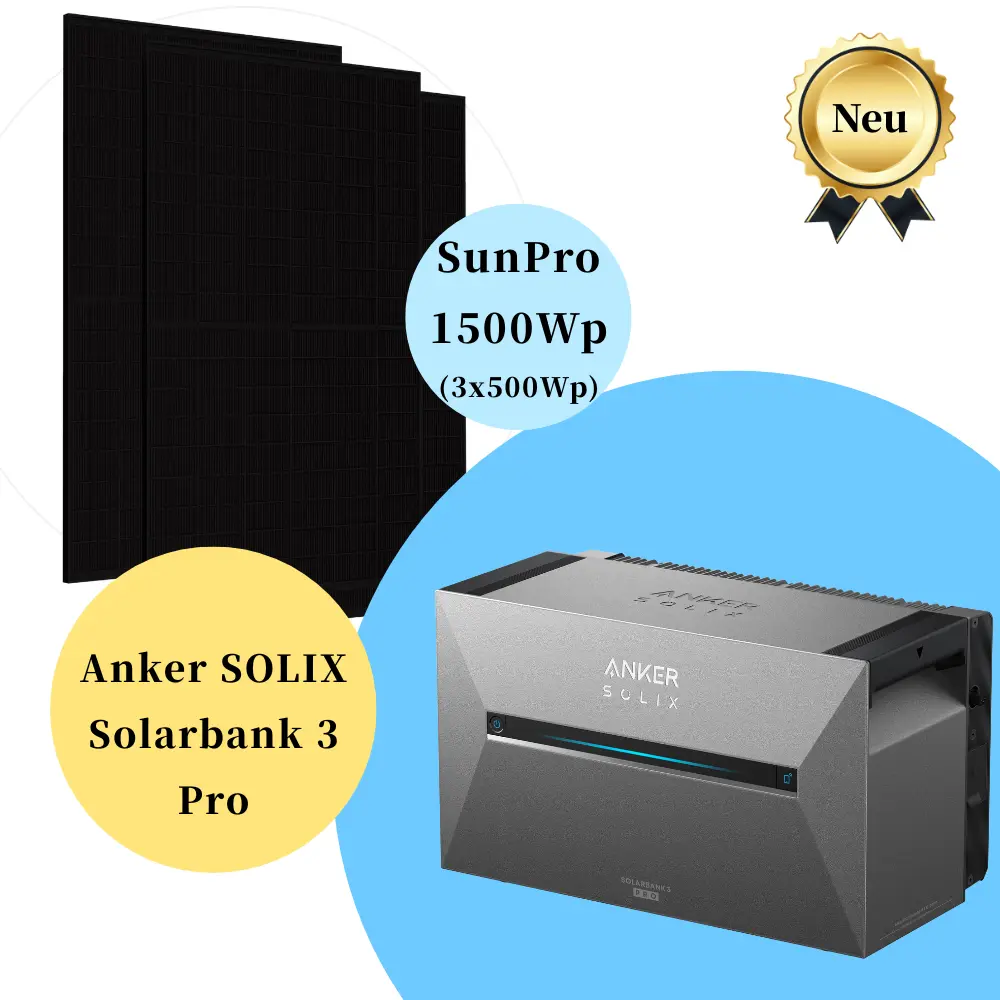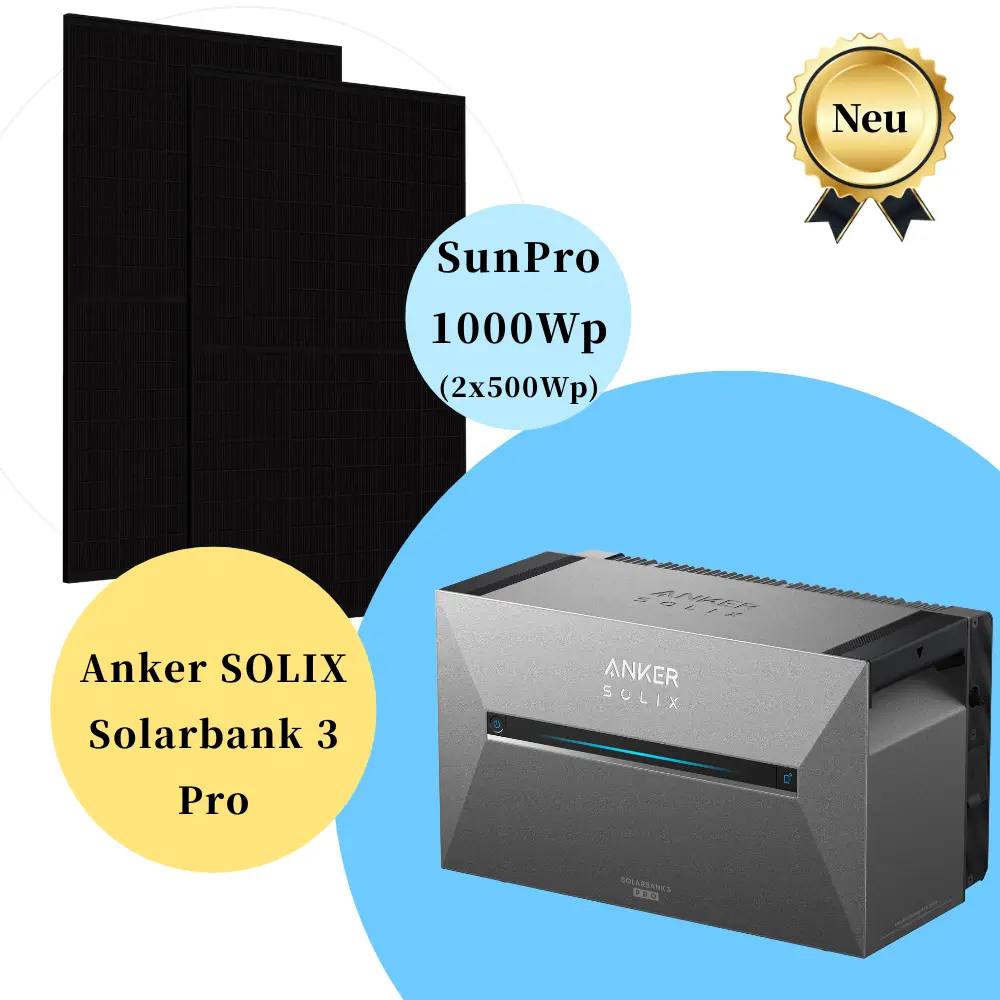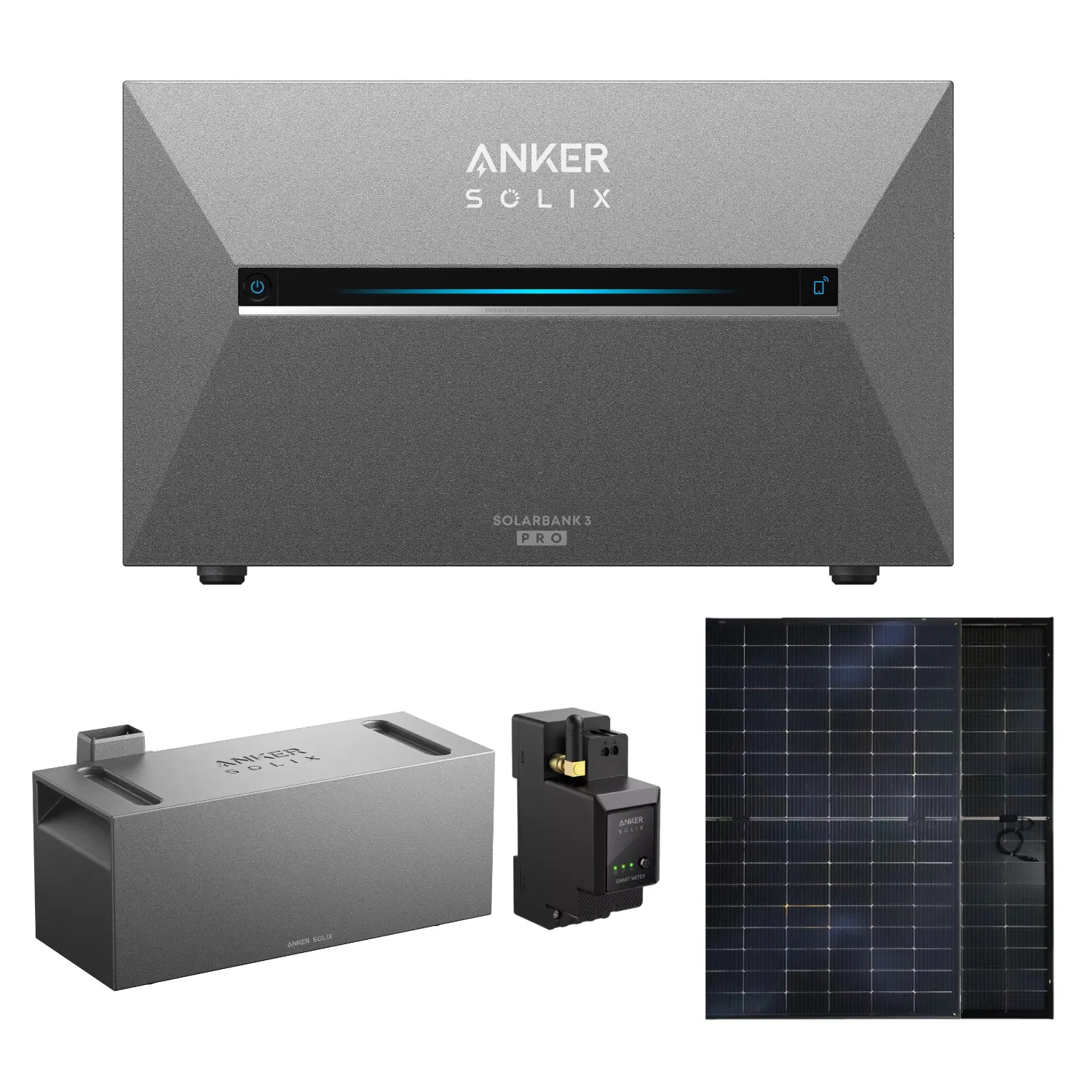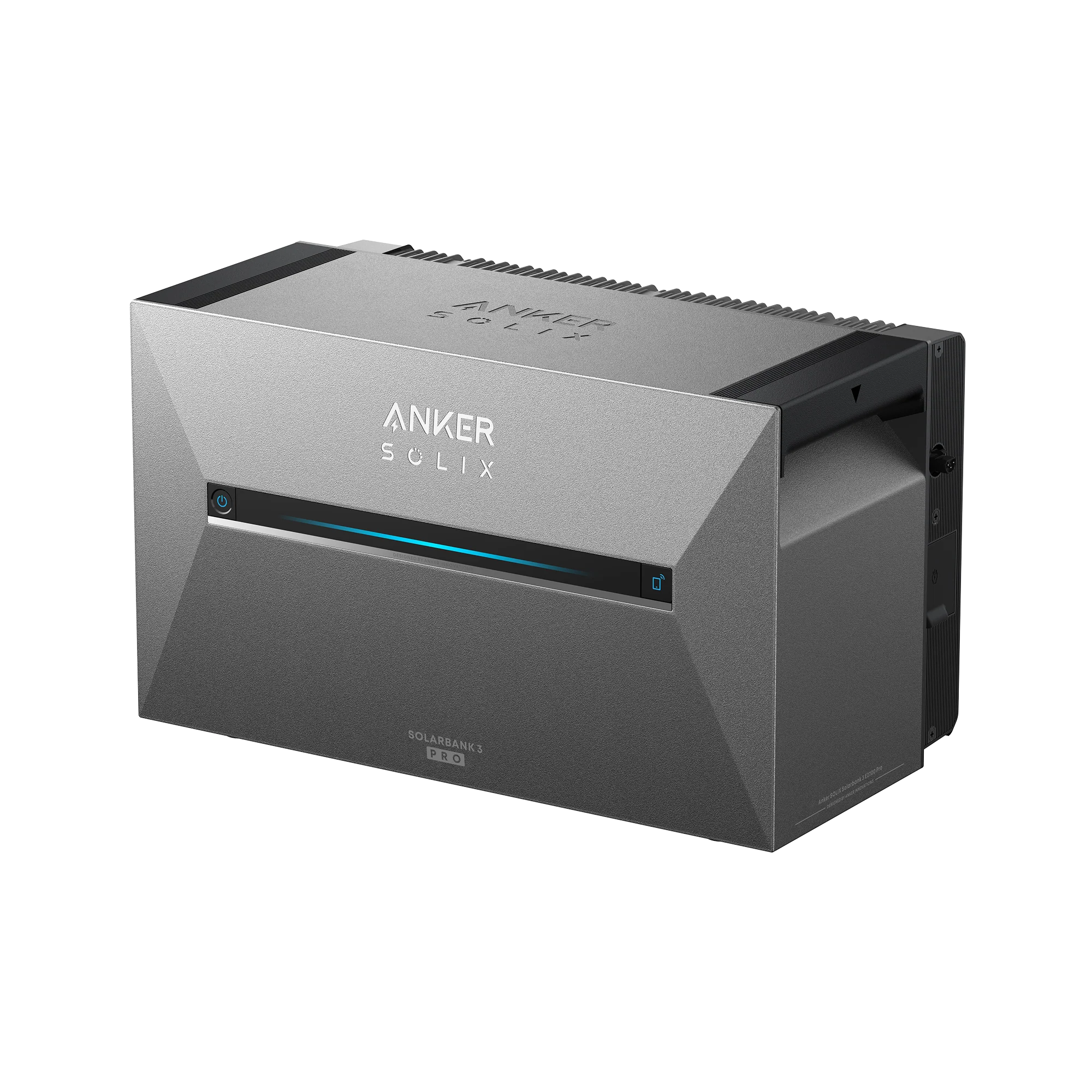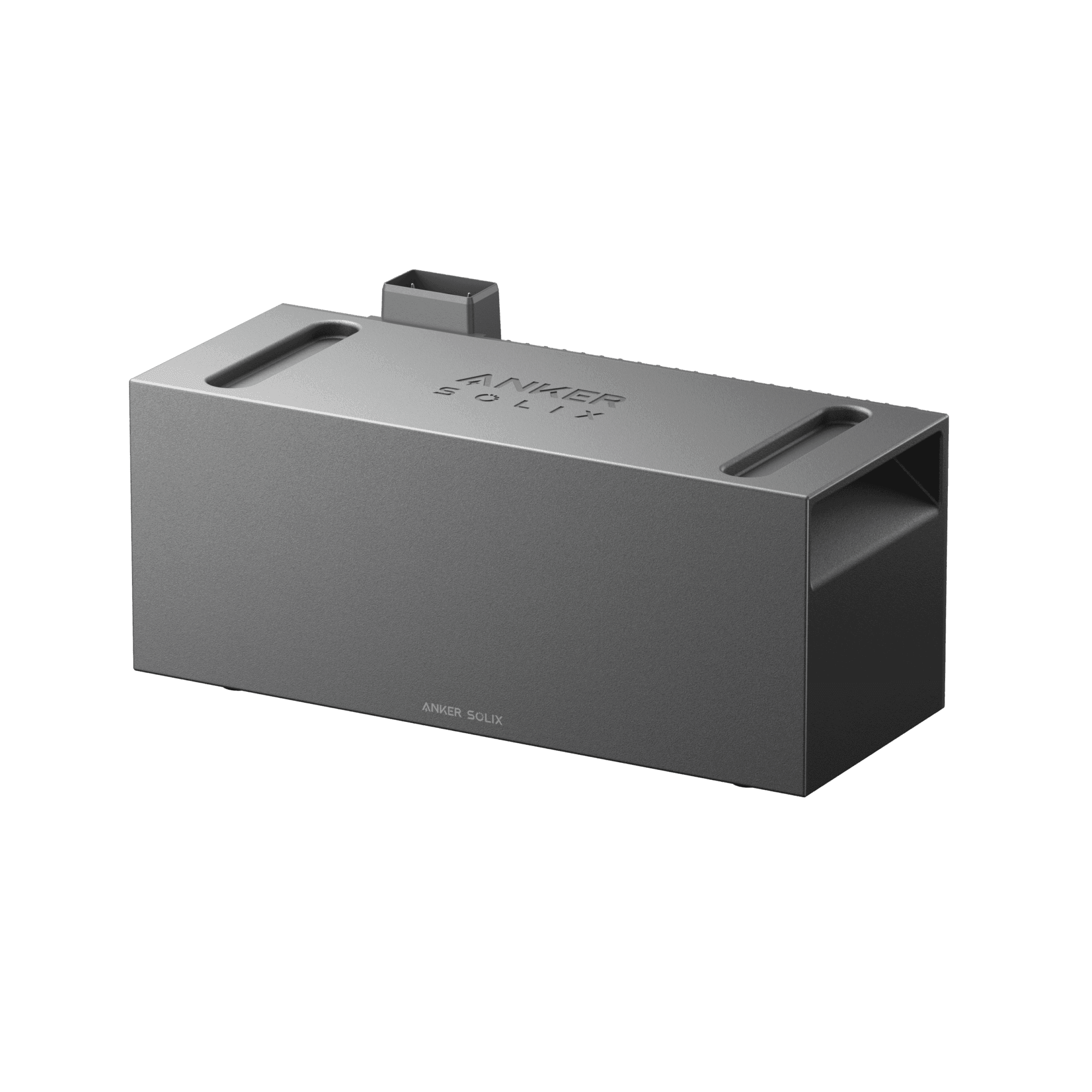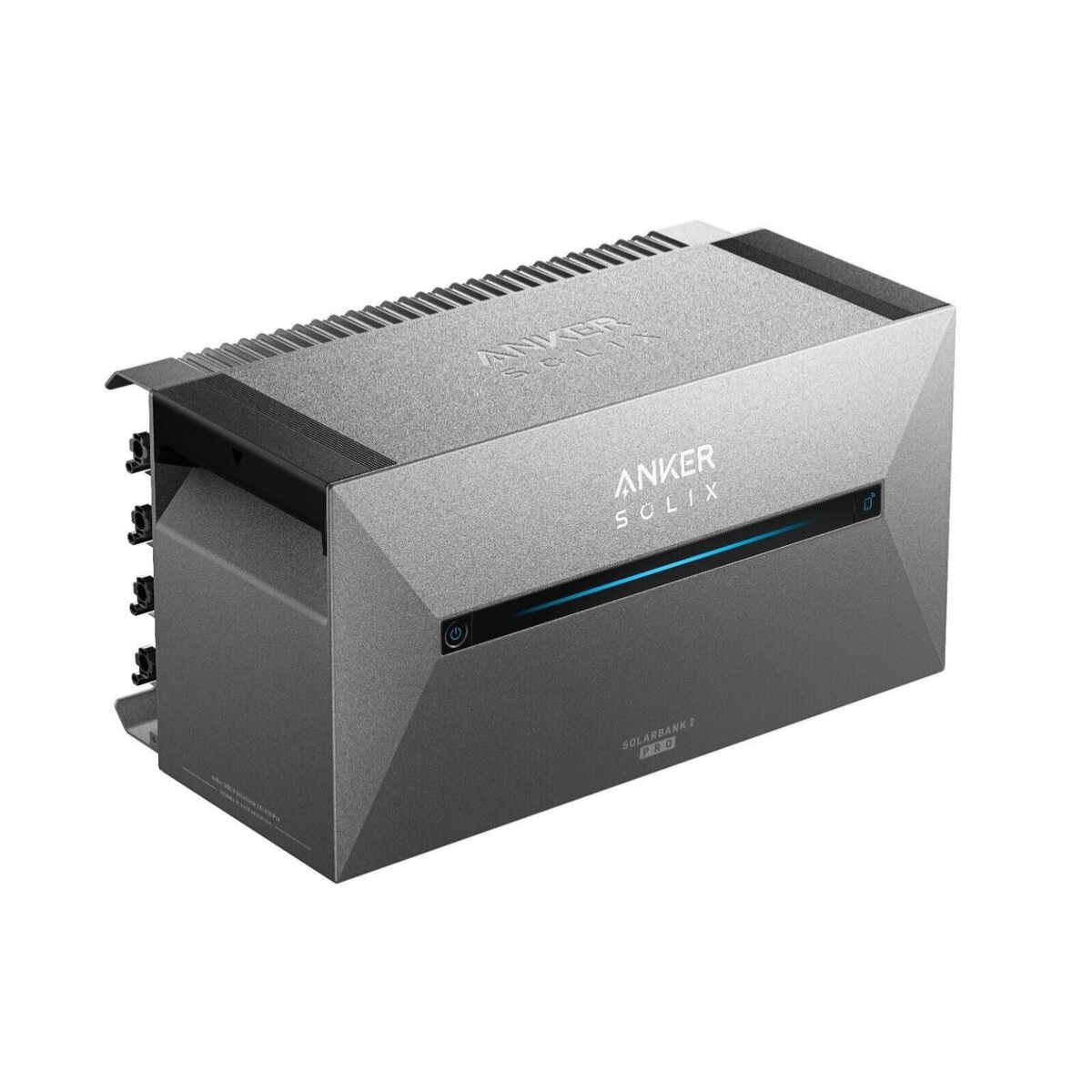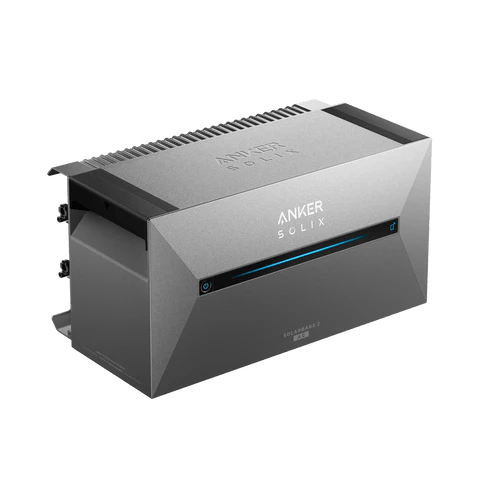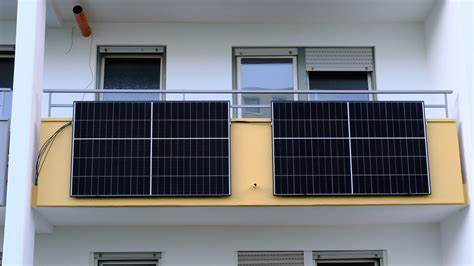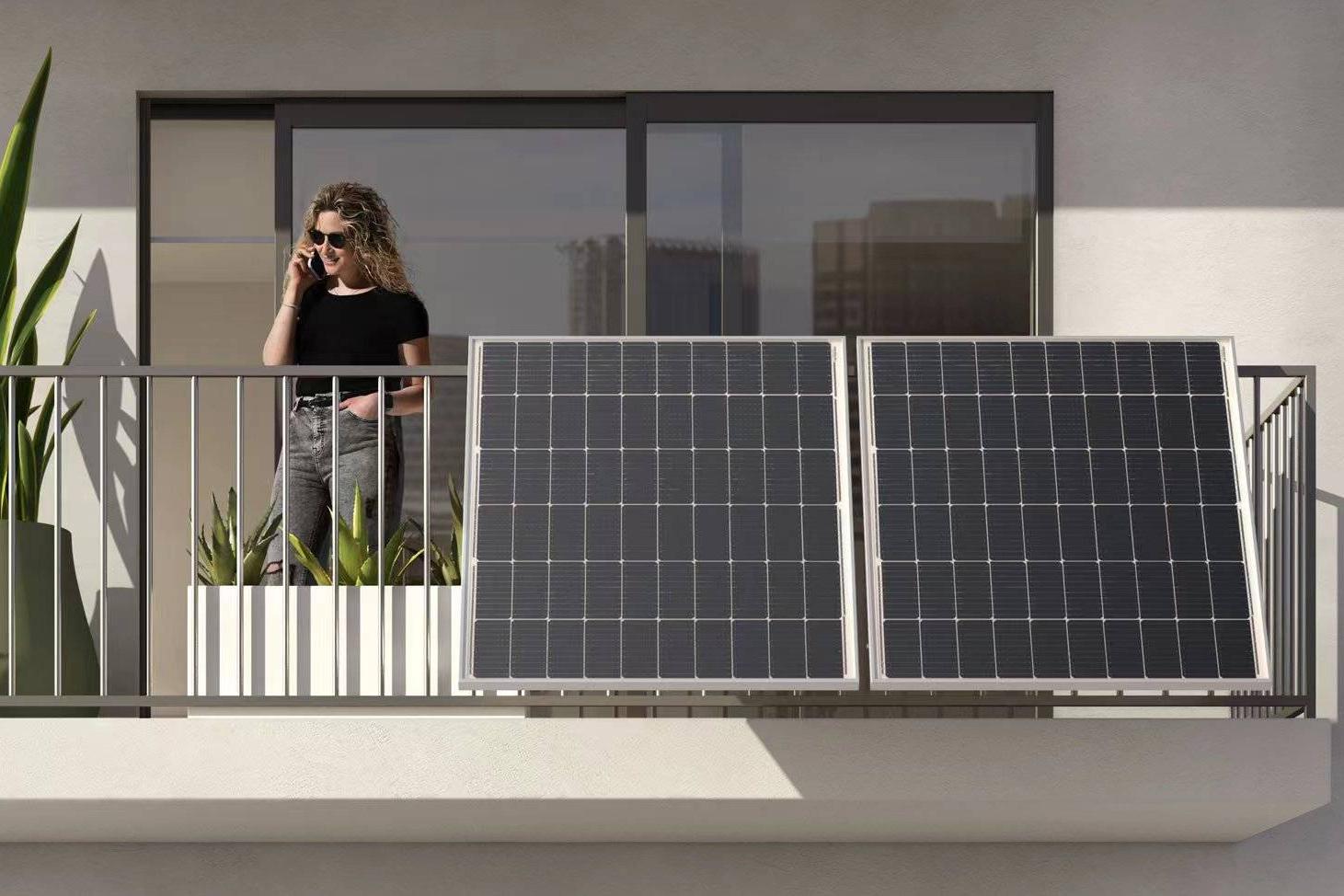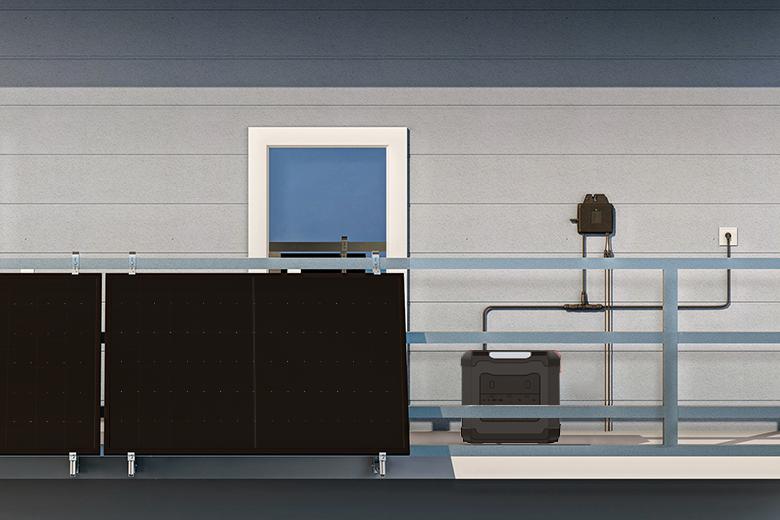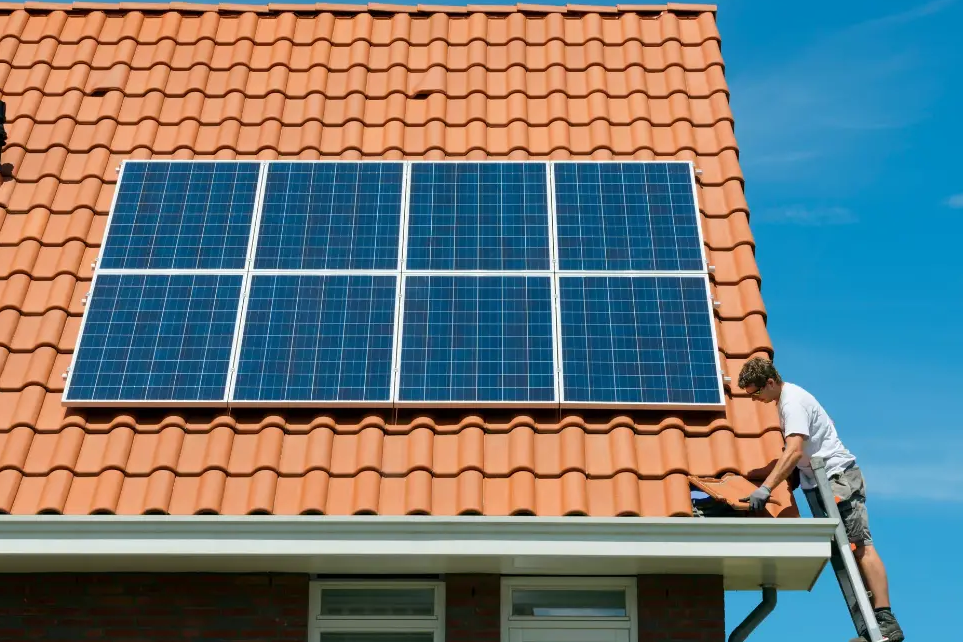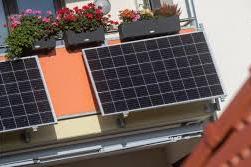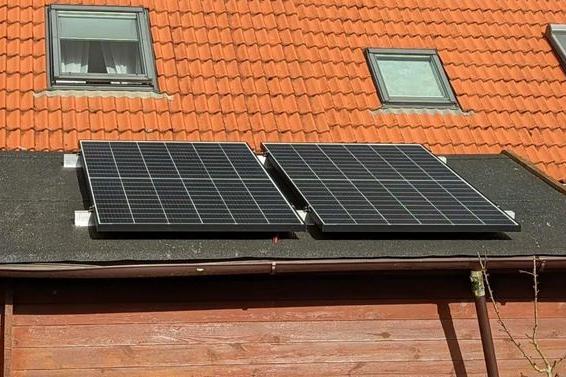Blog & News
Solar heating: costs, types, profitability
Solar heating is not only environmentally friendly, but also reduces heating costs. In this article, you'll learn how much solar heating costs, what types are available, and whether it's worth it.
First things first
What is solar heating?
A solar heating system is a system that uses solar energy to heat water or rooms.
How much does solar heating cost?
Depending on the type, a solar heating system costs between €10,000 and €50,000. Heat pumps with PV are the most expensive.
What types are there?
Solar thermal systems, heat pumps with photovoltaics and infrared heaters with photovoltaics are common types of solar heating.
Is there any funding available?
Solar heating systems are supported by the federal funding for efficient buildings with up to 70% subsidy.
What is solar heating?
A solar heating system is a heating system that uses solar energy for heating purposes. Solar energy is usually used to supplement an existing heat generator. Depending on the type of solar heating system, solar energy supports the heating system with either heat or electricity.
What types of solar heaters are there?
The traditional method of solar heating is the integration of a solar thermal system into an existing heating system. The combination of a heat pump with photovoltaics, where solar power powers the heat pump, is becoming increasingly popular. Infrared heating with photovoltaics is a promising heating system for the future.
Solar thermal energy
Solar thermal energy generates heat using solar energy. Solar thermal systems Solar collectors. A heat transfer medium flows through these collectors and absorbs the heat. The heat transfer medium then transfers the generated heat to the heating system via a heat exchanger. Depending on the application, the solar heat is used directly for heating or hot water production. It is also possible to store excess solar heat in a solar storage tank.
In such a combination, heat generation from solar thermal energy takes priority. A system controller only switches on the heating system when the solar heating system cannot fully cover the heat demand.
Solar thermal energy for hot water production and heating support
Heat pump with photovoltaics
Heat pumps are heat generators that generate heat energy using ambient heat. They use the available heat energy from natural sources such as the ambient air, the soil, or groundwater. Ambient heat Electricity is added to achieve the required flow temperature.
Through the Combination of a heat pump with photovoltaics A solar heating system is created. In this case, solar energy is used indirectly for heating purposes. The generated solar power is used to operate the heat pump. This has both economic and ecological advantages. On the one hand, you generate electricity for the heat pump, and on the other hand, you reduce CO₂ emissions by up to 90%.
Infrared heating with photovoltaics
Infrared heating uses infrared rays to distribute heat throughout the home. Unlike conventional heating systems, it doesn't directly heat the air in the room, but rather heats objects and people. This type of heating works through radiation, not convection, so there's no humidity or oppressive air circulation. The system uses electricity as its energy source and is particularly cost-effective and climate-friendly when combined with Photovoltaics.
This type of solar heating is a relatively new system. From an ecological perspective, infrared heating only becomes worthwhile once electricity generation is predominantly from renewable sources. Furthermore, it consumes a lot of electricity, making its use only sensible in energy-efficient homes with low heating requirements. Therefore, infrared heaters are currently considered Additional heaters They are particularly effective during the transitional seasons of autumn and spring.
Infrared heating with photovoltaics
How much does solar heating cost?
For a single-family home, the cost of a solar heating system ranges from €10,000 to €50,000. You'll get the most benefit from a heat pump or infrared heating with photovoltaics, which entails costs of €26,000 to €50,000. Solar thermal energy for hot water and heating support is cheaper, costing up to €12,500.
| Type of solar heating | Costs for a single-family home |
| Solar thermal energy for hot water production and heating support | 10.000 - 12.500 € |
| Heat pump with photovoltaics | 30.000 - 50.000 € |
| Infrared heating with photovoltaics | 26.000 - 32.000 € |
How profitable is solar heating?
With solar heating you can reduce heating costs by up to 50%Solar heating draws a large portion of its heat from the sun, which is available for free. Meanwhile, gas and electricity prices are constantly rising. While solar heating cannot cover your entire heating needs, it is still worthwhile. The following example illustrates the profitability of solar heating.
For the following Example calculation Let us assume a typical single-family house that uses solar heating in the form of a heat pump with photovoltaics.
Key data:
- Annual heating demand: 24,000 kWh
- Annual electricity consumption of heat pump: 6,000 kWh
- Gas price: 0.10 €/kWh
- Electricity price: 0.30 €/kWh
- PV electricity production costs: €0.07/kWh
Invoice:
- Heating costs for gas heating: 0.10 €/kWh x 24,000 kWh = 2,400 €
- Heating costs heat pump at 100 % electricity consumption = 0.30 €/kWh x 6,000 kWh = 1,800 €
- Heating costs for heat pump at 70 % electricity consumption + 30 % PV electricity: (0.30 €/kWh x 6,000 kWh x 0.70) + (0.07 €/kWh x 6,000 kWh x 0.30) = 1,260 € + 125 € = 1,385 €
In this example, the savings from operating a heat pump with PV power amount to €1,015 per year compared to a gas heating system. This corresponds to a saving of approximately €421,000.
Compared to a heat pump with 100% electricity consumption, solar heating reduces heating costs by €415 per year. The savings amount to approximately €23%.
Are solar heating systems subsidized?
Solar heating systems are Federal funding for efficient buildings (BEG). Starting January 1, 2024, you will receive a subsidy of up to €701,000 for replacing old, fossil-fuel heating systems with systems based on renewable energy. A subsidy of up to €201,000 is available for energy-efficient renovation measures. Many applicants can now also take advantage of a low-interest supplementary loan to finance these measures.
What requirements must be met?
For optimal operation, a solar heating system should meet certain requirements.
Prerequisites for solar thermal and photovoltaics:
- The optimal orientation of the roof: The collectors/PV modules should ideally be oriented facing south. This provides them with the most exposure to sunlight and produces high yields. Orientation facing east, west, or east-west is also possible. Performance losses of up to 30% can be expected in this case.
- The correct inclination of the collectors/PV modules: Solar collectors or solar modules absorb the most solar energy when the rays hit them vertically. Collectors/PV modules with an inclination of approximately 30 degrees capture the most solar heat due to the constantly changing position of the sun. Lowering the collectors is advantageous for east- and west-facing roofs, as well as for flat roofs.
- No shadingIf your roof is shaded by mountains, trees, or buildings for an extended period, the efficiency of your solar thermal or solar panel system will decrease. To determine this, conduct a shading analysis for your location.
Requirements for the building envelope:
The efficiency of a solar heating system depends on the Insulation standard of your single-family home, as this affects both the low heat demand and the low flow temperatures.
- Well-insulated buildings have lower heat losses. This means they require less heat. Low heat demand allows operation with low flow temperatures.
- The recommended flow temperature for new buildings is 35 °C and should not exceed 50 °C for existing buildings. This ensures efficient operation of a solar heating system.

